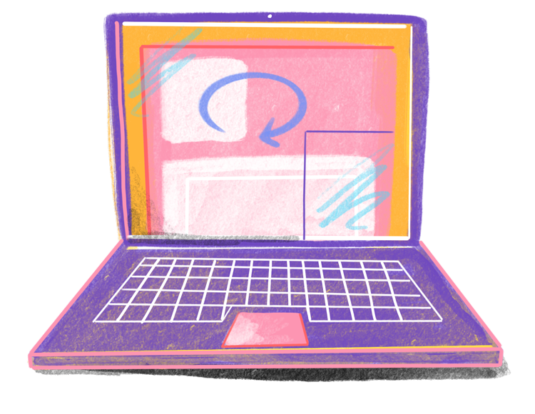Error disclosure, teamwork, and safety culture all improved over a 3-year period during which disclosure training was provided to key faculty in these six institutions. Self‑reported likelihood to disclose errors also improved. The precise impact of the training on these improvements cannot be determined from this study; nevertheless, we present an approach to measuring error disclosure culture and providing training that may be useful to other institutions.
Studies
Opthamology patients’ interest in online access to clinic notes at three US clinics
Patients at three US eye clinics were strongly in favour of online access to ophthalmology notes and were optimistic this access would improve their understanding and self-care. Ophthalmologists should consider offering online access to their notes to enhance doctor-patient communication and improve clinical outcomes. Read the full publication here.
What patients value about reading visit notes: a qualitative inquiry of patient experiences with their health information
Background: Patients are increasingly asking for their health data. Yet, little is known about what motivates patients to engage with the electronic health record (EHR). Furthermore, quality-focused mechanisms for patients to comment about their records are lacking.
Objective: We aimed to learn more about patient experiences with reading and providing feedback on their visit notes.
Methods: We developed a patient feedback tool linked to OpenNotes as part of a pilot quality improvement initiative focused on patient engagement. Patients who had appointments with members of 2 primary care teams piloting the program between August 2014-2015 were eligible to participate. We asked patients what they liked about reading notes and about using a feedback tool and analyzed all patient reports submitted during the pilot period. Two researchers coded the qualitative responses (κ=.74).
Inviting patients and care partners to read doctors’ notes: OpenNotes and shared access to electronic medical records
Care partners were more likely to access and use patient portal functionality and reported improved communication with patients’ providers at follow-up. Our findings suggest that offering patients and care partners access to doctors’ notes is acceptable and improves communication and patients’ confidence in managing their care.
Patients Typing Their Own Visit Agendas Into an Electronic Medical Record: Pilot in a Safety-Net Clinic
Collaborative agenda setting is a communication skill that helps patients identify concerns early in the clinic visit, possibly diminishing the number of “Oh, by the way” items at the end of visits, and increasing patient satisfaction. Agenda setting, however, is often limited by time constraints.
Electronic medical records (EMRs) offer patients access to their medical data, including doctors’ notes, and have the capability to facilitate increased patient involvement in their health care and also contribute to their health data. OpenNotes is a national initiative, not a software program, that invites patients to review their visit notes written by their doctors, nurses, or other clinicians. Existing OpenNotes research shows enthusiasm among both patients and clinicians, but this is the first Open-Notes study of cogeneration of clinic notes.
A patient feedback reporting tool for OpenNotes: Implications for patient-clinician safety and quality partnerships
Patients and care partners reported potential safety concerns in about one-quarter of reports, often resulting in a change to the record or care. Early data from an OpenNotes patient reporting tool may help engage patients as safety partners without apparent negative consequences for clinician workflow or patient-clinician relationships.
Implications of direct patient online access to radiology reports through patient web portals
In an era of increasing health information transparency and informed decision making, more patients are being provided with direct online access to their medical records, including radiology reports, via web-based portals. Although radiologists’ narrative reports have previously been the purview of referring physicians, patients are now reading these on their own. Many potential benefits may result from patients reviewing their radiology reports, including improvements in patients’ own understanding of their health, promotion of shared decision making and patient-physician communication, and, ultimately, improvements in patient outcomes. However, there may also be negative consequences, including confusion and anxiety among patients and longer patient-physician interactions. The rapid adoption of this new technology has led to major questions regarding ethics and professionalism for radiologists, including the following: Who is the intended audience of radiology reports? How should content be presented or worded? How will open access influence radiologists’ relationships with patients and referring physicians? What legal ramifications may arise from increased patient access? The authors describe the current practices and research findings associated with patient online access to medical records, including radiology reports, and discuss several implications of this growing trend for the radiology profession.
Student-accessible healthcare records: A mixed-method study of college student and provider
This mixed methods study evaluated student and provider attitudes and expectations about offering students online access to their student health services visit notes (open notes). Six (N=6) health care providers from four public universities in northeastern Massachusetts participated. Qualitative interviews were completed by students (N=14) from one University in fall of 2013 and an online survey was completed at two universities in Spring of 2014. Attitudes and expectations were explored using qualitative data and descriptive statistics were used to analyze survey questions. Students’ interviews revealed that they desire control over their health and open notes would give them insight and involvement in their health care. Survey data supported these themes. In contrast, providers worried about how it could impact provider-patient relationships. Open notes has the potential to promote students’ understanding and responsibility for their healthcare, which could assist students in their transition from pediatric to adult health care.
Sharing visit notes: Getting patients and physicians on the same page
Shared notes enhance communication and engagement among patients, clinicians, and family members and can be an important facilitator of shared decision making. Patients report valuable clinical benefits, including improved adherence to their medications and treatment plans. Patients want transparency, and those who have experienced shared notes believe the practice should continue. Most providers who share notes want to continue the practice as well and do not report an increase in time spent writing notes.
OpenNotes: How the power of knowing can change health care
The OpenNotes initiative is engaging patients through shared clinical notes. What have we learned since its debut, and how will open access continue to change the health care landscape?



